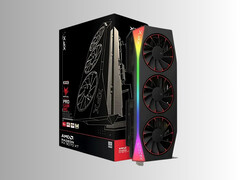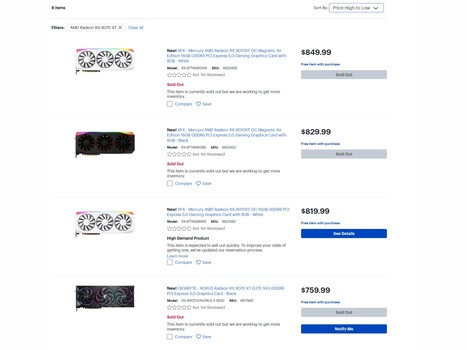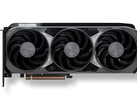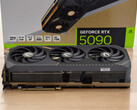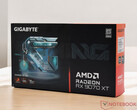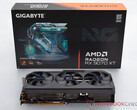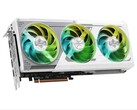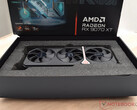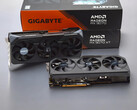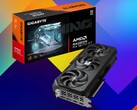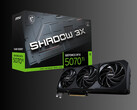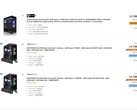A new Hardware Unboxed video explains why Radeon RX 9070 prices are so far above MSRP. One factor is that AMD announced prices that were lower than retailers expected. A rebate program compensates for these differences but only targets RX 9070 series GPUs at base clock settings.
Production of RDNA 4 graphics cards began late in 2024, several months before AMD officially launched the RX 9070 XT and RX 9070. As retailers stockpiled cards, AMD communicated an initial estimated price higher than $549 and $599. Some gamers were also surprised by the pricing, which made the RX 9070 XT seem like a bargain compared to the Nvidia RTX 5070 Ti.
To preserve profit margins, AMD has been issuing rebates to retailers. Unfortunately, these limited adjustments are not evenly distributed to stores. There is also an element of greed at play. Most rebates are for MSRP models, but manufacturers and sellers earn more from overclocked variations with RGB effects. Without AMD discounting higher-end RDNA 4 GPUs, there is a massive price gap between these cards and the least expensive options.
Supply is another contributor to the higher-than-anticipated Radeon RX 9070 prices. AMD's Corporate Vice President and General Manager, David McAfee, responded to accusations of fake pricing. He claims increasing shipments will eventually allow partners to sell more GPUs at MSRP. Buyers saw a flood of RDNA 4 cards on their release date, but stocks have dwindled.
Hardware Unboxed also discussed RTX 50-series supply issues and their effects on the overall market. Nvidia deserves blame for prematurely ending production of previous generous GPUs. Without any options, consumers paid higher prices for cards even before the Blackwell cards debuted.
Despite reassurances from AMD and Nvidia, buyers are right to remain skeptical. Based on past GPU launches, gamers can expect a long wait for more in-stock MSRP options.




